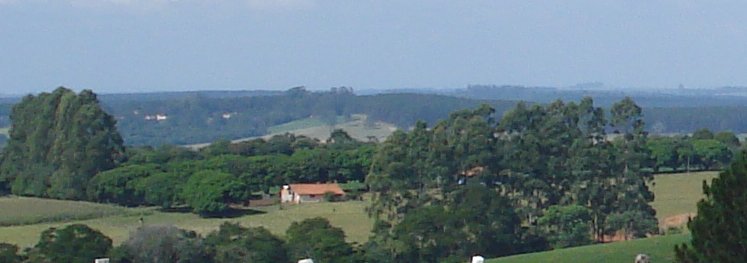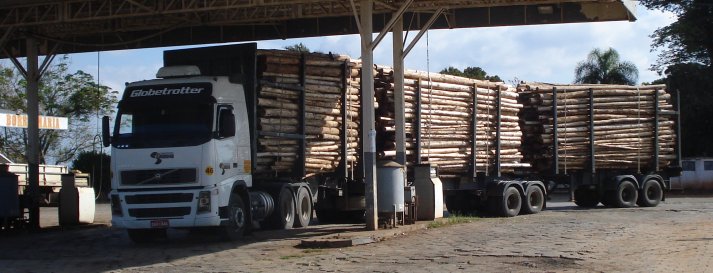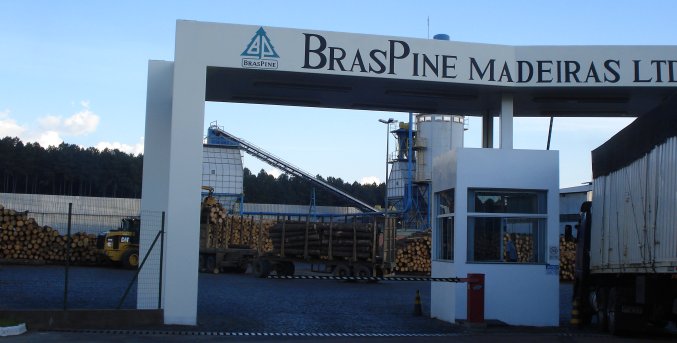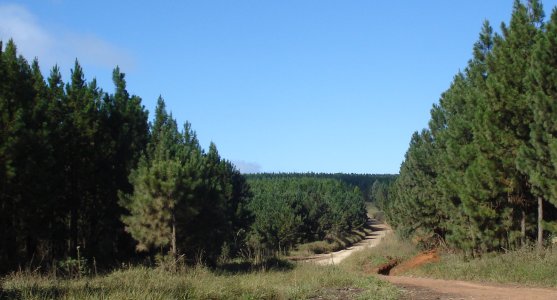
Land use patterns reflect history and cultural priorities. Physically Parana looks a lot like the piedmont in Virginia or the Carolinas, but land use patterns are very different. The southeast U.S. is dominated by relatively small holders, who practice mixed agriculture. The average sized farm in Virginia is 181 acres. Renato told me that farms of less than 1000 acres were uncommon in Parana. They are actually more agribusiness, often run by professional managers using paid labor. Forestry is even more professionalized than standard farming. Valor Florestal is a good example.

There is some convergence between the U.S. and Brazil. Our agricultural enterprises are becoming larger and more professionally managed too. But we have a long way to go before we have a similar pattern. Land patterns reflect history of settlement. South of Parana is the State of Santa Catarina. It was settled by immigrant families from Germany and Italy. The farms there are smaller and more diverse.

Ownership patterns affect how incentives work and how land is managed. A forest owner who also raises hogs or drives truck is more likely to put off harvests in times of low prices or be flexible with investments. Virginia forest owners also are closer to their land, usually literally, than investors or big owners. Hunting is common in the Old Dominion and many, if not most, Virginia forests are managed for wildlife as well as timber. I see advantages and disadvantages to each form of ownership. Professional management will produce more timber per acre and employ the latest scientific technologies. On the other side, owner operators who live on or near the land, who walk across it themselves, have greater incentive to look to a bigger picture.

